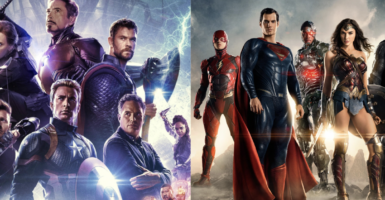Deleted Star Trek Ending Makes Holodecks Even More Confusing
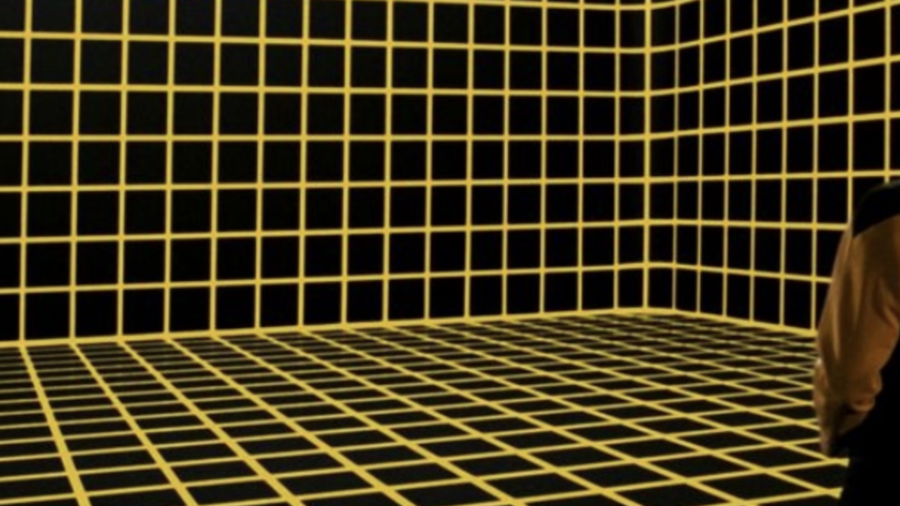
While early seasons of Star Trek: The Next Generation had some very iffy adventures, the second season’s “Elementary, My Dear Data” has always been a fan-favorite. It’s great seeing Data do his best to emulate Sherlock Holmes, and his battle of wits with the brilliant Moriarity is equally captivating. However, what most fans don’t know is that the original ending to the ep would have made the holodeck (already the most confusing Trek technology) even harder to understand.
For any of this to make sense, we need to first review the basics. On Star Trek: The Next Generation, characters use the holodeck for next-level recreation. The computer simulates any environment our characters can imagine, making it great for living out beloved novels or just doing some insane workouts (looking at you here, Worf).
Elementary, My Dear Data
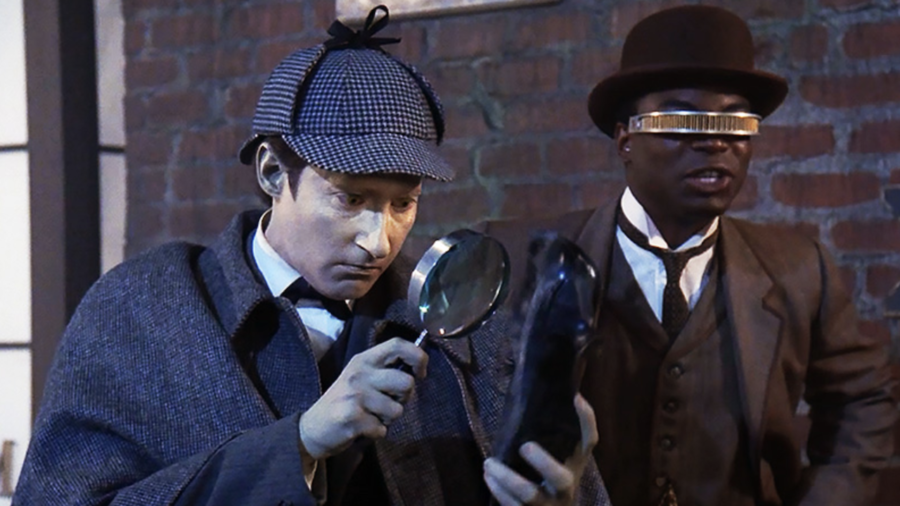
In the Star Trek: The Next Generation episode “Elementary, My Dear Data,” the holodeck plays a major role in how Captain Picard and the rest of the crew defeat Moriarity, their evil genius foe.
To give Data a real challenge, Geordi La Forge orders the holodeck to create a foe worthy of the brainy android; taking those instructions a bit too literally, the holodeck ends up giving the Sherlock Holmes villain access to the ship’s computer.
Moriarity uses his control over ship systems to bargain for continued existence in the real world, but he is told by Picard that, for the time being, that is completely impossible.
Mortality Failsafes Break Down?
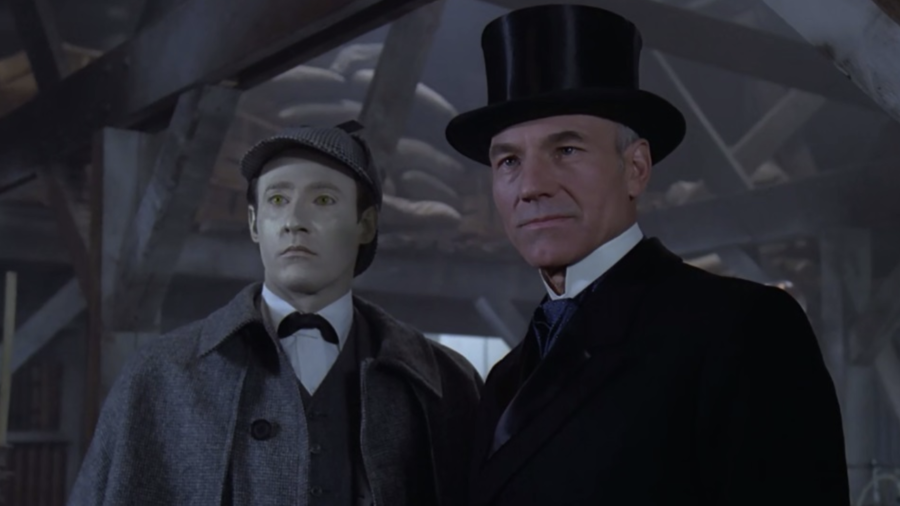
Now, how did this Star Trek episode nearly end, and how would it have screwed up our understanding of the holodeck?
In an earlier version of the script, Picard views an image drawn by Moriarity that Data brought to engineering, as he did in the finished episode. In this alternate ending, however, Picard realizes that paper leaving the holodeck meant that the “mortality failsafes” had broken down and that Moriarity could, in fact, leave the holodeck if he wished.
In that version of the Trek episode, Picard simply lies when telling Moriarty about his inability to leave the holodeck. Gene Roddenberry hated the ending because he thought it made Picard look overly deceitful.
Then-showrunner Maurice Hurley disagreed, thinking it was a great character moment as we see Picard can be especially clever and cool when dealing with someone as intelligent as Moriarty.
Making Holodecks Impossible To Understand?
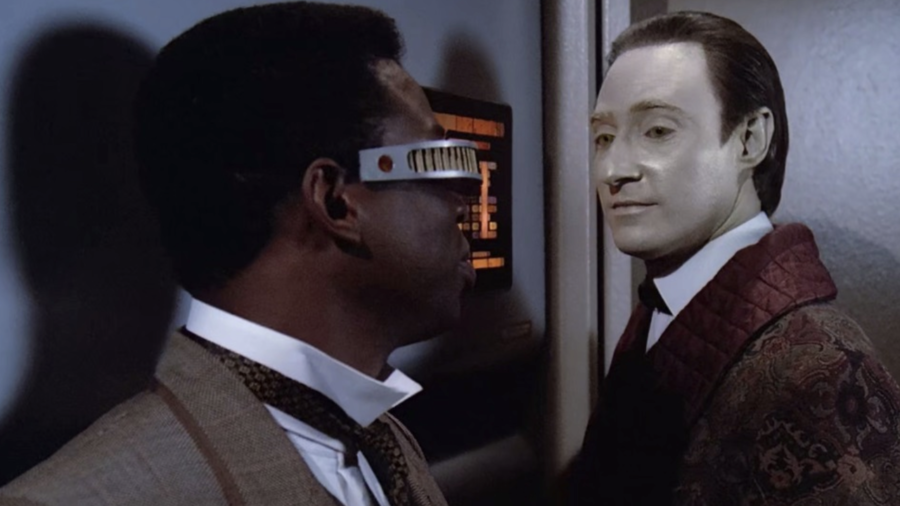
I don’t personally think this alternate ending would make this Star Trek ep any better, but one thing is for sure: this would have made the holodecks almost completely impossible to understand.
In the first season, fan debate over the technology mostly centered around the fact that Wesley Crusher successfully throws a snowball outside of the holodeck in the episode “Angel One” and accidentally hits Picard. If everything in there is nothing but holograms and forcefields, it simply made no sense that a snowball could exit the holodeck and leave a wet residue on Picard’s uniform.
Clarifying Holodecks Later
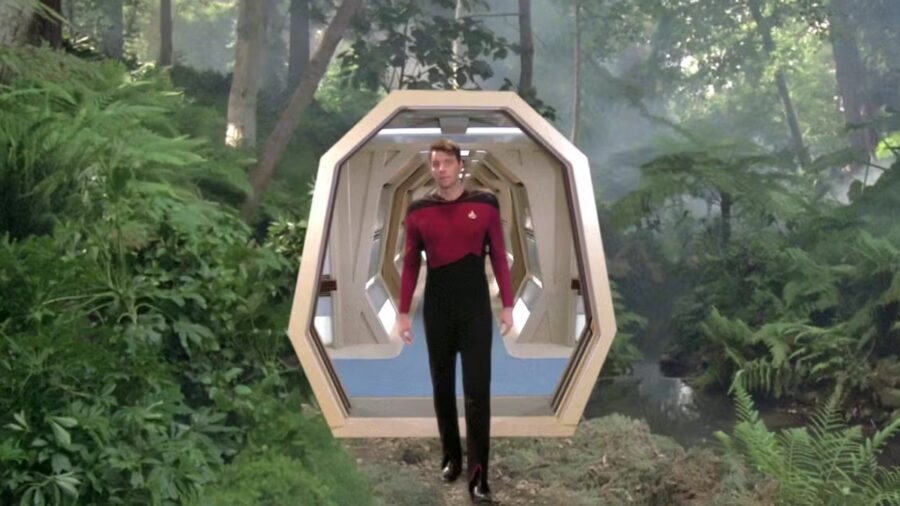
Eventually, Star Trek writers helped clarify that the holodeck creates replicated matter along with the light and forcefields.
When characters physically interact with objects ranging from a snowball to a fancy meal, they are actually interacting with something tangible that the computer replicated on the fly.
This helps explain why Wesley’s snowball left the holodeck: the moment he picked it up, he was dealing with real matter and not just a hologram.
A Bigger Can Of Worms
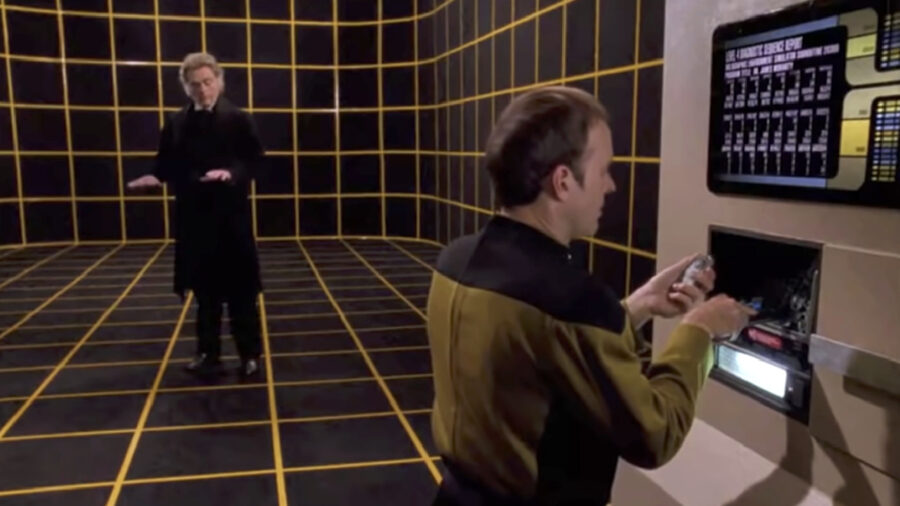
If the Star Trek: The Next Generation episode “Elementary, My Dear Data” had stuck with the original ending, then Trek would have confirmed that everything in the holodeck is holographic.
That alone would ignite all the old fan debates about whether, say, someone could eat a holographic lunch and not worry about calories because the food isn’t real.
This ending would have opened an even bigger can of worms by confirming that the only thing keeping any characters from leaving the holodeck is a simple failsafe in the ship’s computer (especially scary to think about since the holodeck is constantly malfunctioning).
Original Ending Stands
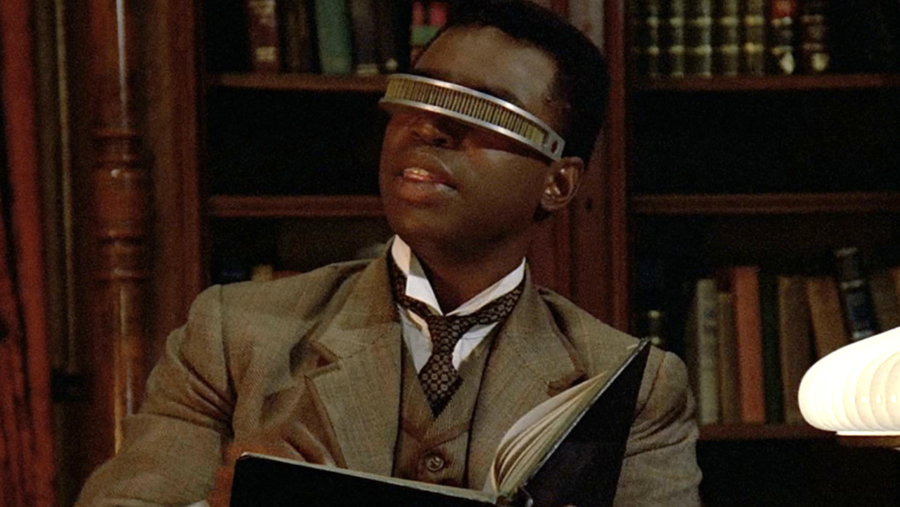
Ask any Star Trek fan and they’ll confirm that the holodecks are still the subject of fierce debate within the community.
However, those debates would be more intense and probably neverending if “Elementary, My Dear Data” erased the idea of technology creating replicated matter.
Fortunately, the original ending stands, allowing us to enjoy the show’s various holodeck adventures without doing what Sherlock Holmes himself would do: overthinking everything.











